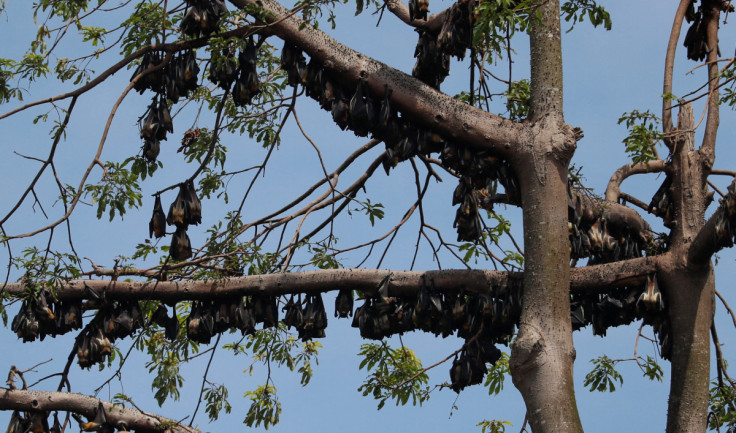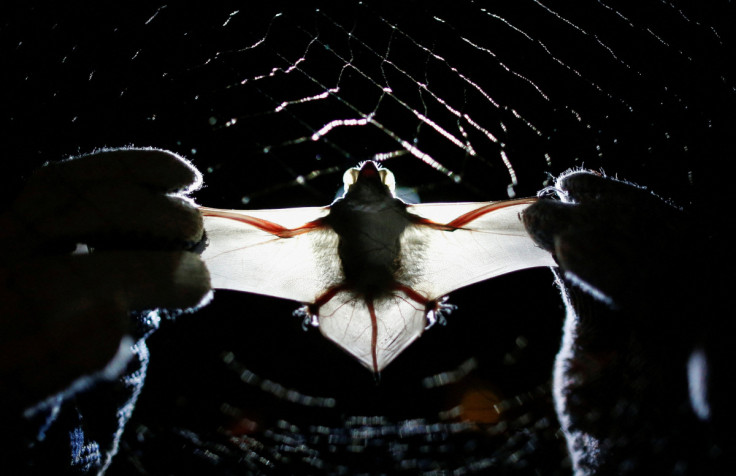Seven Things To Know About Bats And Pandemic Risk

For millennia, bat viruses lurked in forests across West Africa, India, South America and other parts of the world. But, undisturbed, they posed little threat to humanity.
No longer, a new Reuters data analysis found. Today, as more and more people encroach on bat habitat, bat-borne pathogens pose an epidemiological minefield in 113 countries, where risk is high that a virus will jump species and infect humans.
Bats are linked to many of the deadliest disease outbreaks that occurred during the past half century - including the COVID-19 pandemic, which has killed at least 7 million people and has its roots in a family of bat-borne coronaviruses. Though scientists are still trying to figure out how that virus came to infect humans, dozens of other outbreaks can be traced to human incursions into areas thick with bats.
To examine where the next pandemic may emerge, Reuters used two decades of disease-outbreak and environmental data to pinpoint the places on the planet most vulnerable to "zoonotic spillover" - the term for when a virus jumps between species. Viruses leap from bats to humans either by way of an intermediary host, such as a pig, chimpanzee or civet, or more directly through human contact with bat urine, feces, blood, or saliva.
Reuters reporters spoke to dozens of scientists, read extensive academic research and traveled to bat-rich countries across the globe to learn how human destruction of wild areas is amplifying pandemic risk. Our data analysis - the first ever of its kind - revealed a global economic system colliding with nature and putting people's health at risk, as bat-rich forests are cleared to make way for farms, mines, roads and other development.
Here are key takeaways from our examination:
(Editing by Janet Roberts, Paulo Prada and Feilding Cage)







© Copyright Thomson Reuters 2024. All rights reserved.





















